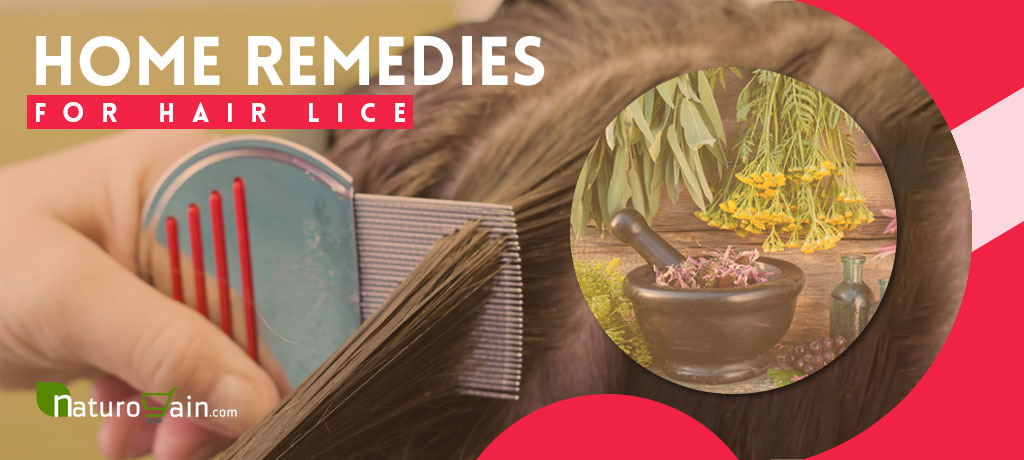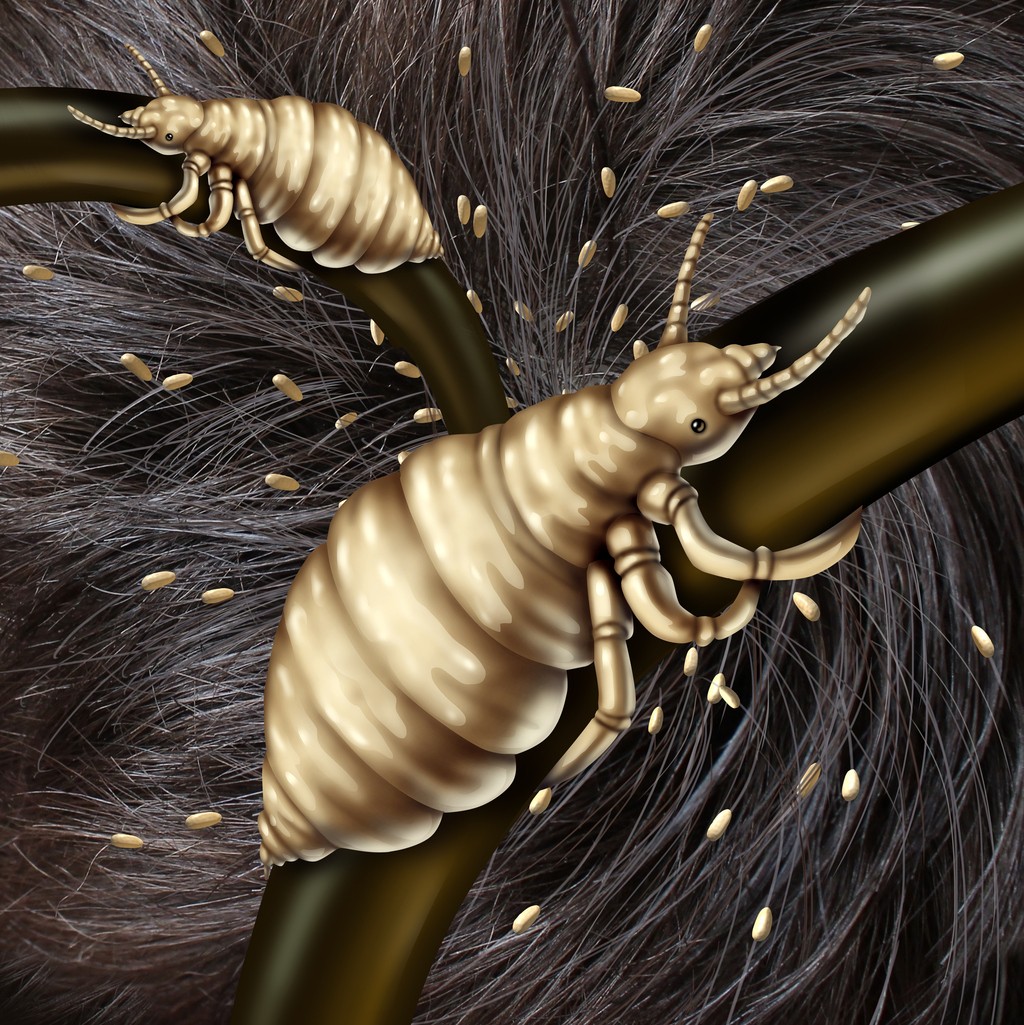No-Panic Guide to Head Lice Treatment
Table Of Content

Topical ivermectin 0.5 percent lotion kills head lice by increasing chloride in muscle cells, leading to paralysis. This is a prescription drug that is applied to dry hair and rinsed off after 10 minutes. It should be applied to dry hair, left to dry, and rinsed off after 8 to 12 hours. Permethrin will not kill all the eggs at this time, but it will leave a residue on the hair that is designed to kill nymphs emerging from the 20 to 30 percent of live eggs that remain. In areas where there is known to be resistance to an OTC treatment, or when attempts to remove an infestation without medical help have not worked, the child should see a doctor.
What Are Head Lice?
Incorporated in the product’s formula is citronella, an ingredient studies have shown to assist with repelling lice. Rosemary, tea tree oil, and bark oil are also in the product and work together to kill and remove lice effectively. The formula also includes chamomile and jojoba oil, both of which provide the necessary moisture to the scalp's surface so that the skin is not left feeling dry or irritated. Although the gel-based formula is easy to comb into the scalp, it might take several washes to remove.
Additional Tips for Getting Rid of Head Lice
If wet combing has not worked or is not suitable, you could try a medicated lotion or spray. These kill head lice in all types of hair, and you can buy them from pharmacies, supermarkets or online. Do wet combing on days 1, 5, 9 and 13 to catch any newly hatched head lice. Lice are tiny parasites that live in human hair and feed on blood. As many as 12 million lice infestations are documented each year in the United States.
Free Healthbeat Signup
This will prevent any tangles as you work to remove lice and nits from the scalp. Finding a lice treatment that is effective and safe for children can be difficult, especially given that some treatments include harsher chemicals. The Fairy Tales Lice Good-Bye mousse instead prioritizes a balance of natural enzymes that target nits and lice without irritating the scalp. The product comes as a mousse, so it should not drip down your child’s head during the 20 to 25 minutes it sits on the hair. For best results, using about 10 to 12 pumps of the product is recommended before massaging it into the scalp. Then, comb through each section of the hair with the included comb.
These do not require a prescription, but you should use care since they are pesticides, meaning they kill bugs. These medicated shampoos usually include pyrethrins or permethrin as active ingredients. Natural remedies for head lice involve applying oil, such as olive oil or mayonnaise, or petroleum jelly, to the hair to suffocate the lice. Most people who choose this method saturate the hair and scalp and cover it with a shower cap overnight. Then, they shampoo and comb out the lice and nits in the morning.
How does head lice spread?
'Help, my kids keep getting head lice!' Here's how to break the cycle of nits - The Conversation
'Help, my kids keep getting head lice!' Here's how to break the cycle of nits.
Posted: Tue, 13 Jun 2023 07:00:00 GMT [source]
Evidence based on the life cycle of lice suggests that day 9 is the best day for retreatment. Head lice are not a health hazard, a sign of poor hygiene, or a cause of disease. They are common among preschool and elementary school-age children and can spread to the rest of the household. Although the provided comb works to remove some lice and nits on the scalp, it does not always remove everything.
Does chlorine kill lice? Research, treatments, and more - Medical News Today
Does chlorine kill lice? Research, treatments, and more.
Posted: Fri, 20 Oct 2023 07:00:00 GMT [source]
Head lice are mainly down near the scalp where they feed and lay their eggs. And you cannot put a hair straightener too close to your scalp because you will risk burning yourself. If there is no co-operation, parents are likely to take shortcuts or not be as thorough as they should be and that means they will be missing head lice that then go on to lay eggs. Unfortunately head lice are becoming increasingly resistant to the most common synthetic chemicals used to kill them.

You’ll usually need to treat lice once, then again 9–10 days later to kill all the lice and eggs in your hair. But note that a second treatment isn’t needed or recommended when using certain medications. Lice can be treated using specialized combs, medicated shampoos, or home remedies like oils. But there’s no single treatment that can get rid of lice right away. If head lice are found on one family member, all household members should be checked, and those with live lice or nits within one half-inch of the scalp should be treated.
Hmmm – that at-home laser hair removal device looks pretty nifty. If you have alopecia, you can help hold onto your tresses by avoiding behaviors that are known to contribute to temporary and permanent hair loss, Mirmirani says. “As soon as you notice hair loss is happening, you should come in,” says Lauren Eckert Ploch, a dermatologist in Aiken, South Carolina. We will promptly respond with a confirmation call to address your head lice concerns promptly and effectively.
Dozens of over-the-counter supplements and products purport to reverse hair loss, making it tough for patients to know which ones work and which don’t. By contrast, scarring alopecia, another autoimmune disease that causes hair loss, is often accompanied by itchiness, tenderness and scaling of the scalp. Scarring alopecia is the most devastating type of hair loss, Mirmirani says, because it permanently destroys the hair follicles. As a parent of primary school-aged children himself he knows how quickly they will start complaining after a session of combing. Despite there being products marketed as head lice repellents, Dr Webb says there is little evidence showing that these stop lice from biting or infesting in the first place. To be sure you need to treat, you can look for live adults scurrying around on the hair close to the scalp, but these can be notoriously difficult to spot.
Pyrethrin-based shampoo or hair mousse is available without a prescription. Pyrethrins, including permethrin, should be avoided in people who are allergic to chrysanthemums and similar plants, as they contain ingredients that are derived from the chrysanthemum. Hats, bedding, and so on do not need to be thrown away if there is an infestation of head lice. Washing items that were used within the 2 days before the infestation was found should be enough. Items that cannot be washed can be sealed in a plastic bag for 2 weeks or dry cleaned.
Nits are cemented to hair shafts and are very unlikely to be transferred successfully to other people. Adult lice lay nits (eggs) on hair shafts (where the hair projects from the scalp) and stick to the scalp. On first appearance, lice and dandruff flakes can be mistaken for one another because of their common size and yellowish-white color. The most common symptom of head lice is itching, especially on the back of your head and neck and near your ears — areas where lice are more likely to live. Head lice can affect anyone but occur most often among children between the ages of 3 to 11 years old, along with their families. Children are more at risk, as they make head-to-head contact with other children when playing together and may share items that have contact with their hair.
CDC does not make recommendations about businesses that may offer such services. Your health care provider or local health department may be able to provide additional guidance. Removal of all nits after successful treatment with a pediculicide is not necessary to prevent further spread of head lice.
Comments
Post a Comment